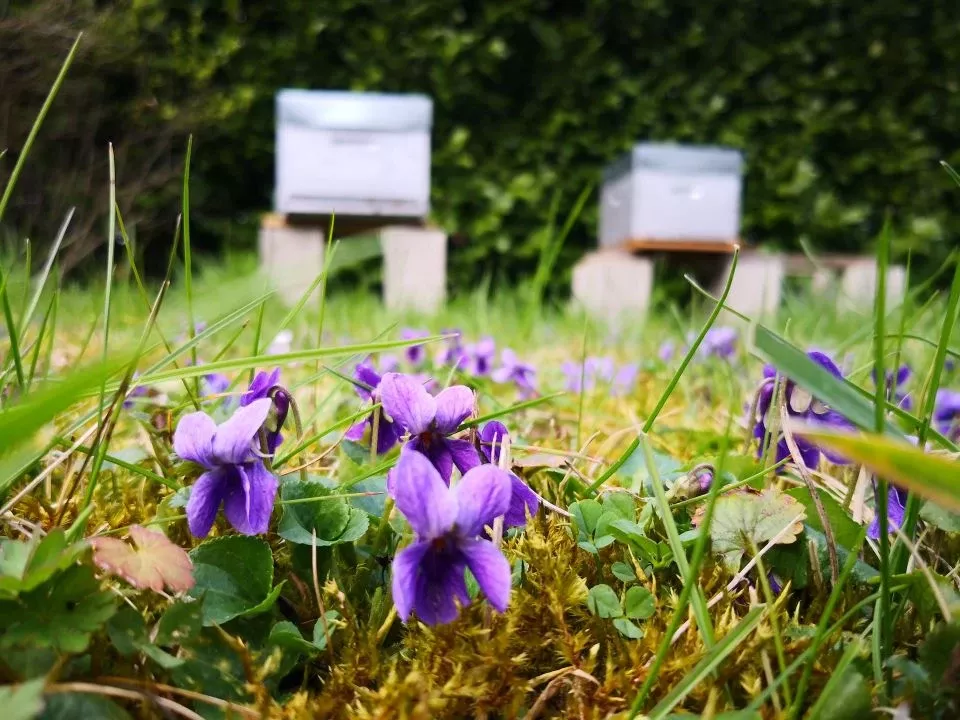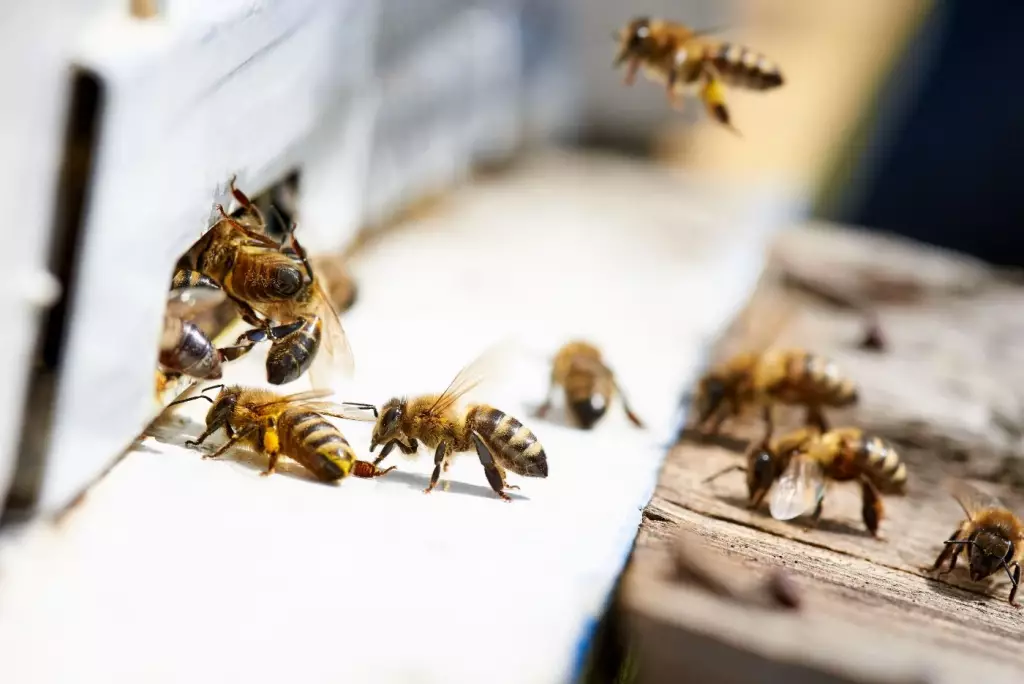Best Time of Year To Move a Beehive: When Not To Do It
Are you planning on relocating your hive? As some may not know, moving a hive isn't as simple as picking it up and carrying it off. There are a few important details you need to consider before scheduling your move.
You should move your hive during the winter and avoid doing so during the summer or springtime. In winter, bees tend to stay in their hives to keep themselves warm, whereas summer and spring are the times of the year when bees are most active. This can cause them to swarm and possibly become agitated.
Moving the hive brings too much stress for bees, and they can become very disoriented as they search for a new home. In order to move them without causing too many problems, these are the things you should know.
Summary
- Winter is the best time to move a beehive, as the bees stay in their hive during cold temperatures.
- Knowing when the bees are inactive is the ideal time, as they become more docile and less prone to stinging.
- It's not recommended to transport a beehive too far, as the bees may become disoriented and have difficulty returning home.
- However, if you need to move the beehive a long distance, it's best to wait until nightfall when the bees are inactive and more likely to stay in the hive.
- It's recommended to only move a beehive 2–3 miles away to ensure the bees stay in their new home.

On this page:
When Should Bee Hives Be Moved
It's ideal to move your hive at a time when bees are most inactive; in this case, that's during the night or early morning. During winter, this translates to around sunset or shortly after, as bees tend to be most inactive during these hours.
Aside from the timing, it's also important to take into account the weather conditions. Avoid making a move if the temperature is too low or high, as this could cause more stress and disruption to the hive.
Keep in mind the surrounding area and whether it is home to other bees or if there is a risk of other wild animals infiltrating the hive. Make sure to properly secure the hive after moving it in order to avoid any unwanted visitors.
How Far Can You Move A Beehive

The ideal distance for moving a hive is about 2 to 3 miles. Moving it any further than that could cause too much disruption and disorientation for the bees.
It's also important to make sure that you are moving the hive in a straight line and in the same direction as when you first set it up. This will help the bees reorient themselves and find their way back to the hive much easier.
However, if you're planning on moving them to an entirely different place, it's going to be difficult for them to adjust, and worst case scenario, bees may find it hard to pollinate due to the new environment. Keep in mind that some honeybees aren't native to certain areas and won't be able to adapt as easily.
How To Successfully Move A Beehive in a Short Distance
It is not enough to know when to move the bees; you must also know how. Even with the ease with which the bees aren't going to fly away when you move them, it can affect them if you don't do it correctly.
When moving a hive, you should always make sure that you do it with care and caution. Here are a few steps to follow for a successful move:
Step 1: Ready their new home
Before you move the hive, make sure that their new home is ready. Set up the beehive box in the desired location and place the frames inside.
Also, an important tip is to give the bees a new landmark in case they get disoriented. Place a striking object, like a brightly colored flag or any colored board, to help the hive find its way back. Be sure to place it near their entrance.
Step 2: Properly seal the bees in their hive
As mentioned, even though you're probably just moving your beehive a short distance, the bees may still feel an earthquake-like effect as you try to relocate them. This situation is inevitable, and the best way to add precaution that they don't swarm off once they get shaken is to seal the hive.
Make sure that there are no holes, cracks, or other openings that may give the bees a chance to escape. However, even if you're sure enough that the whole hive is sealed, always wear protective clothing and equipment just in case.
Step 3: Use straps or clamps to secure the box
Use straps or clamps to make sure that the beehive is secured and won't come off during the move. Make sure that you don't tighten them too much, as this may cause the box to become warped and can impair the function of the hive.
Remember that there's a possibility that the partition between the top and bottom of the hive may have weakened over time, so be sure to check them before moving. Don't take any chances and use bands or straps to safely secure the box.
Step 4: Move the hive at a slow and steady pace

Moving an entire beehive can be heavy, and it's not recommended to have one person carry it. For small distances, two people could carry the hive in a balanced manner and move it at a slow and steady pace.
If you need to move it a longer distance, transporting it with a vehicle or trailer might be necessary. However, you should also make sure that the hive is properly secured inside the vehicle and that you take extra care in maintaining a slow and steady speed.
Step 5: Secure and monitor the hive
Make sure that the hive is properly secured in its new home. Monitor the situation and keep an eye on your bees to make sure they're adjusting well to the new environment.
An amazing tip provided by beekeepers is to move it to different parts of the area to help them familiarize themselves with the surroundings. Monitor and observe their behavior for at least a month before you can consider them settled in their new home.
Step 6: Remove any hive stands and other things from the old location
Just like other creatures, the scent of your bee’s former home may attract them to come back. To avoid this, remove any hive stands and other things from their old location.
You should also make sure that the area is free of debris and that there are no discarded beehive parts in the surrounding area. This will ensure that your bees won't come back to their old hive and lessen the chance of leaving them unaccustomed to their new home.
With these simple steps, you can ensure that your bees will have a safe and successful move.

How Long Do Bee Hives Stay in One Place?
The average beehive will stay in one place for at least three years if it is not disturbed. However, if the conditions become unfavorable, and they are not able to build their hive in the same place, they can migrate and look for a more suitable location.
In some cases, beehives may stay in one place for up to five years or more. This often depends on the type of climate and environment that they are living in.
If you're thinking about moving your beehive, know that there are several factors to consider before doing so. Making sure that the hive is properly secured and that you provide a safe environment for your bees are essential steps in ensuring a successful move. With these steps, you can ensure that your bees won't have any trouble adjusting to their new home.

